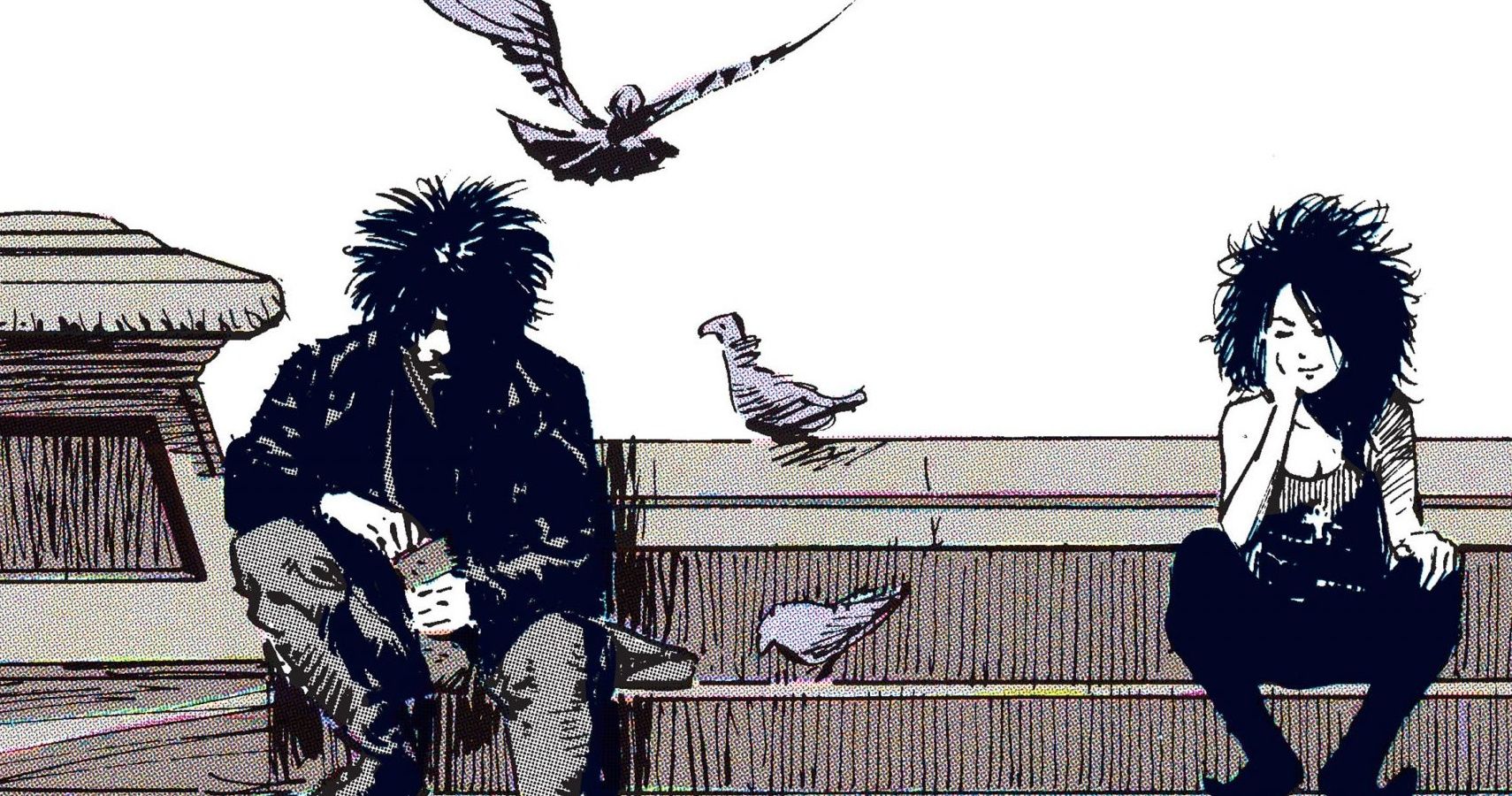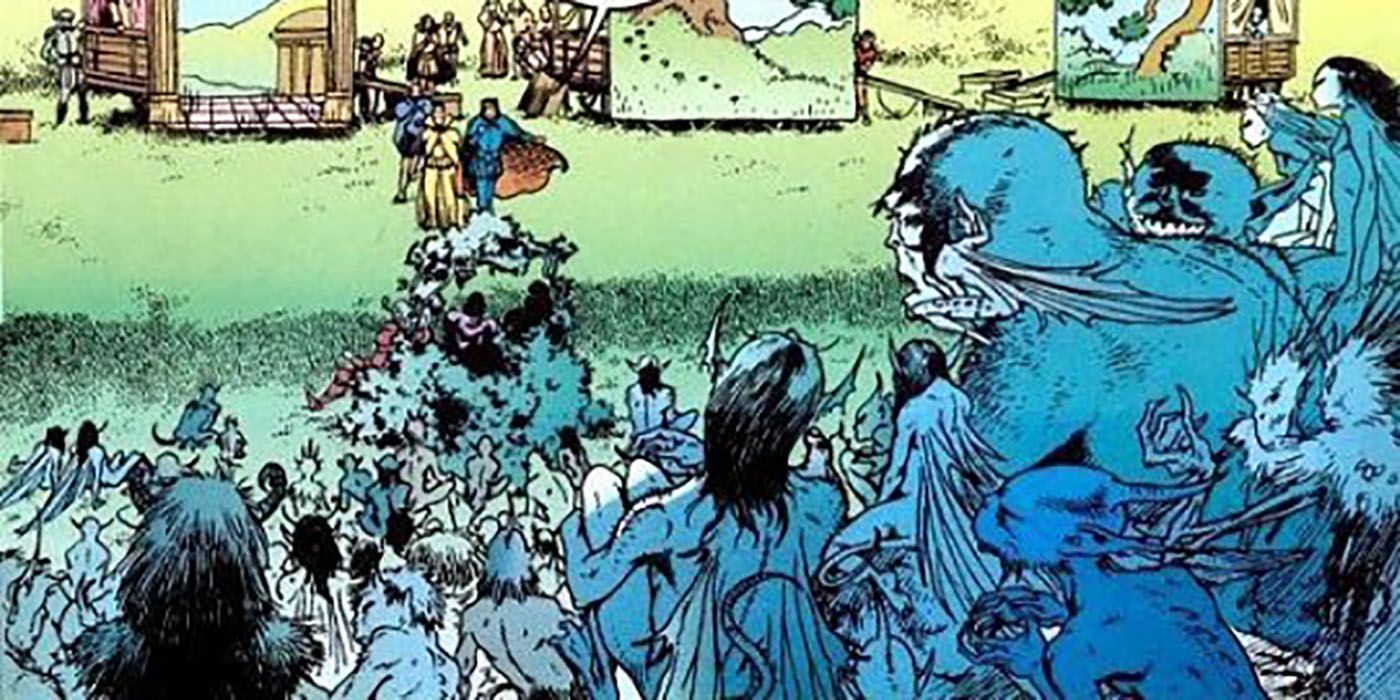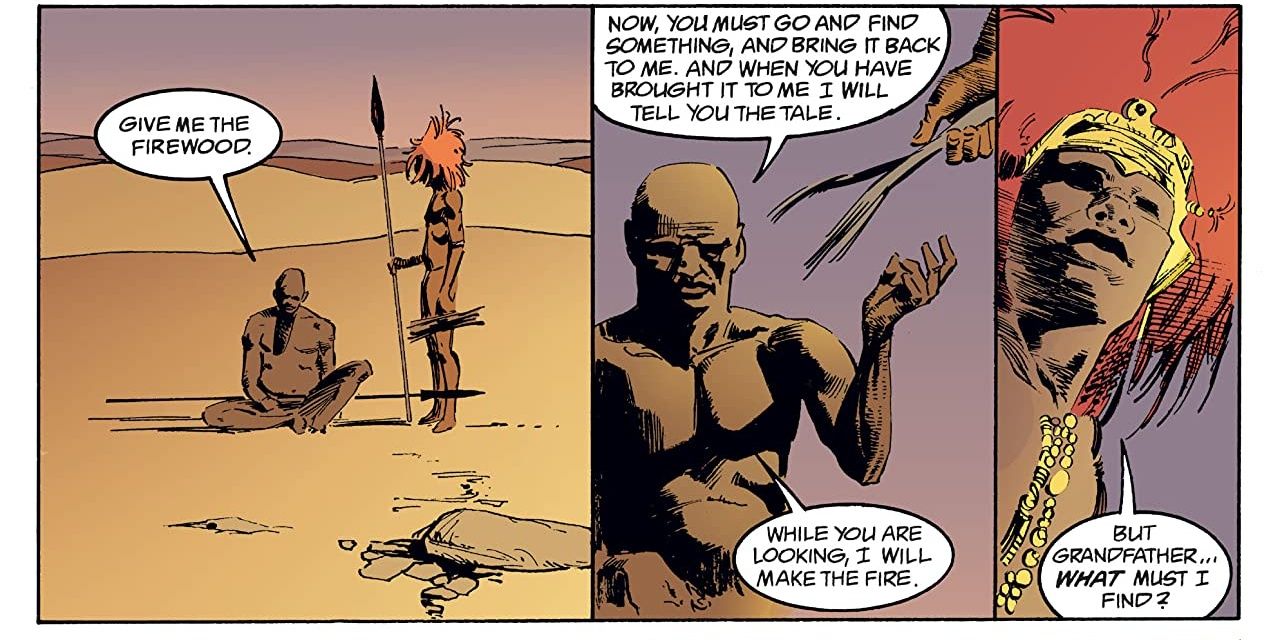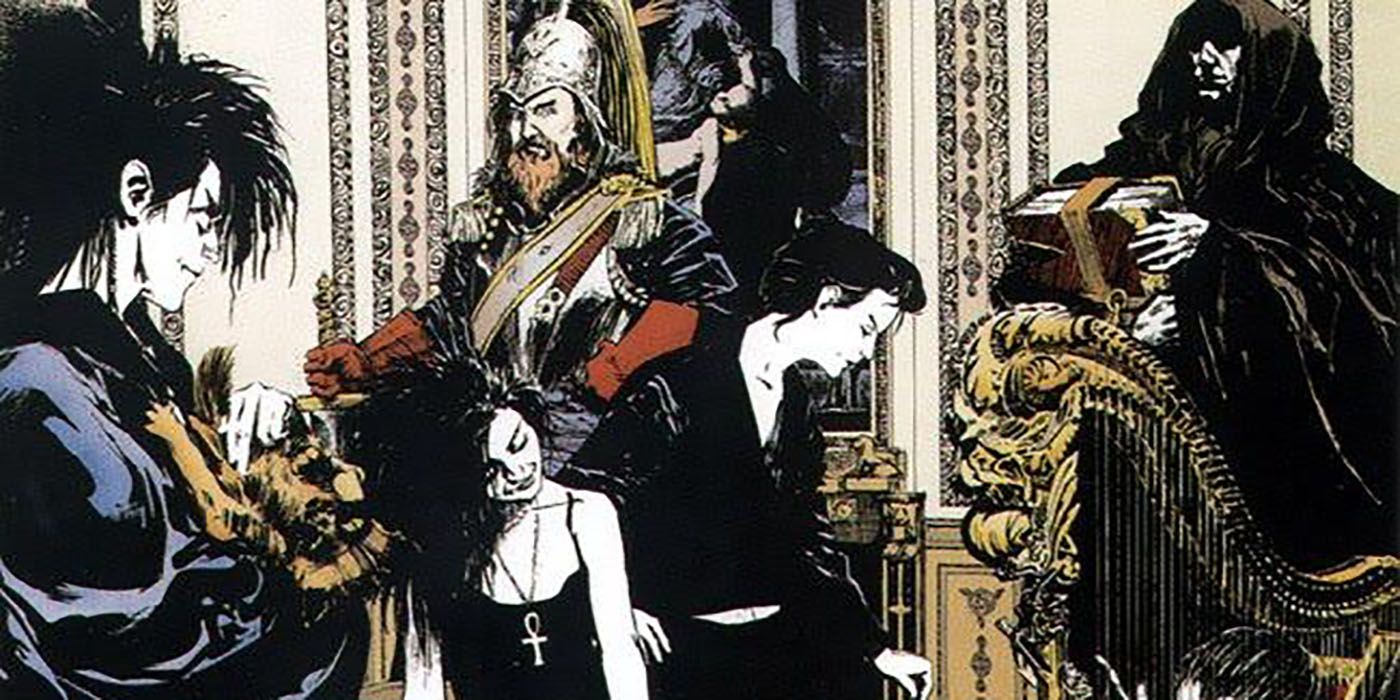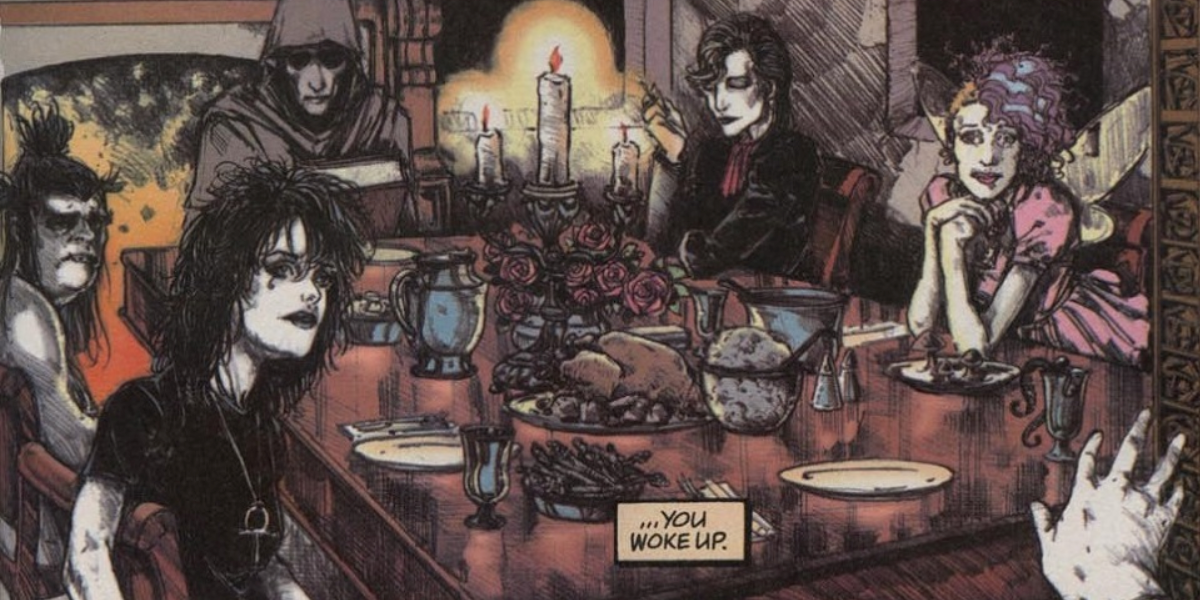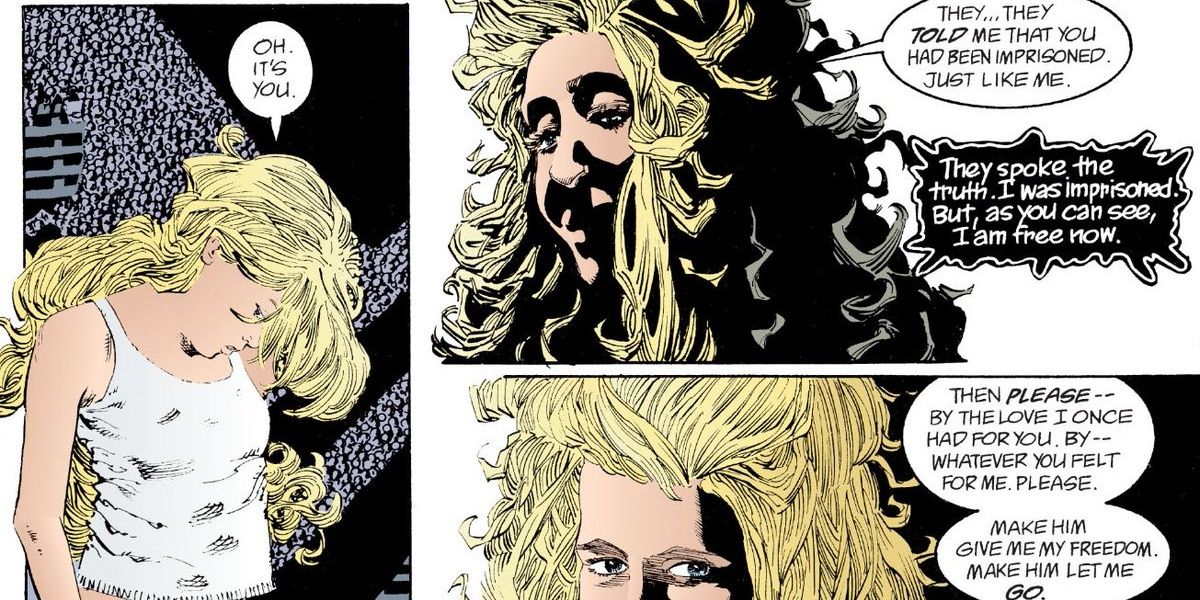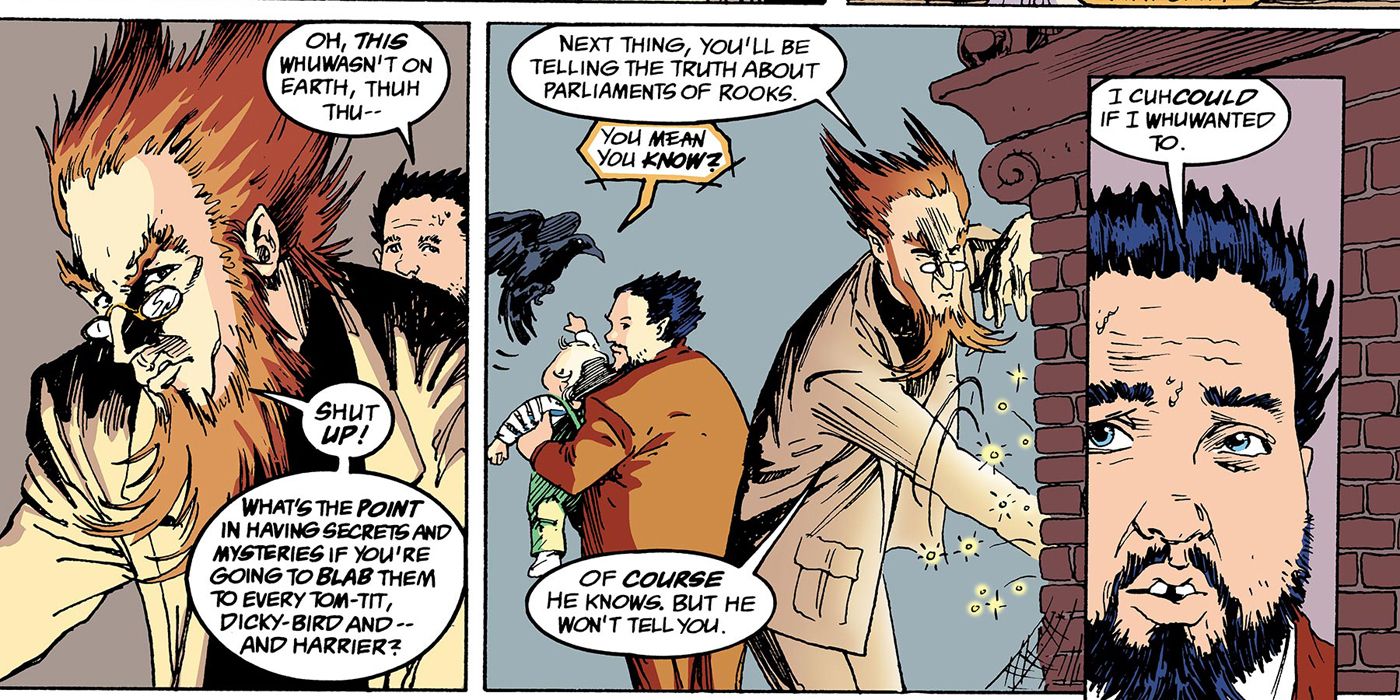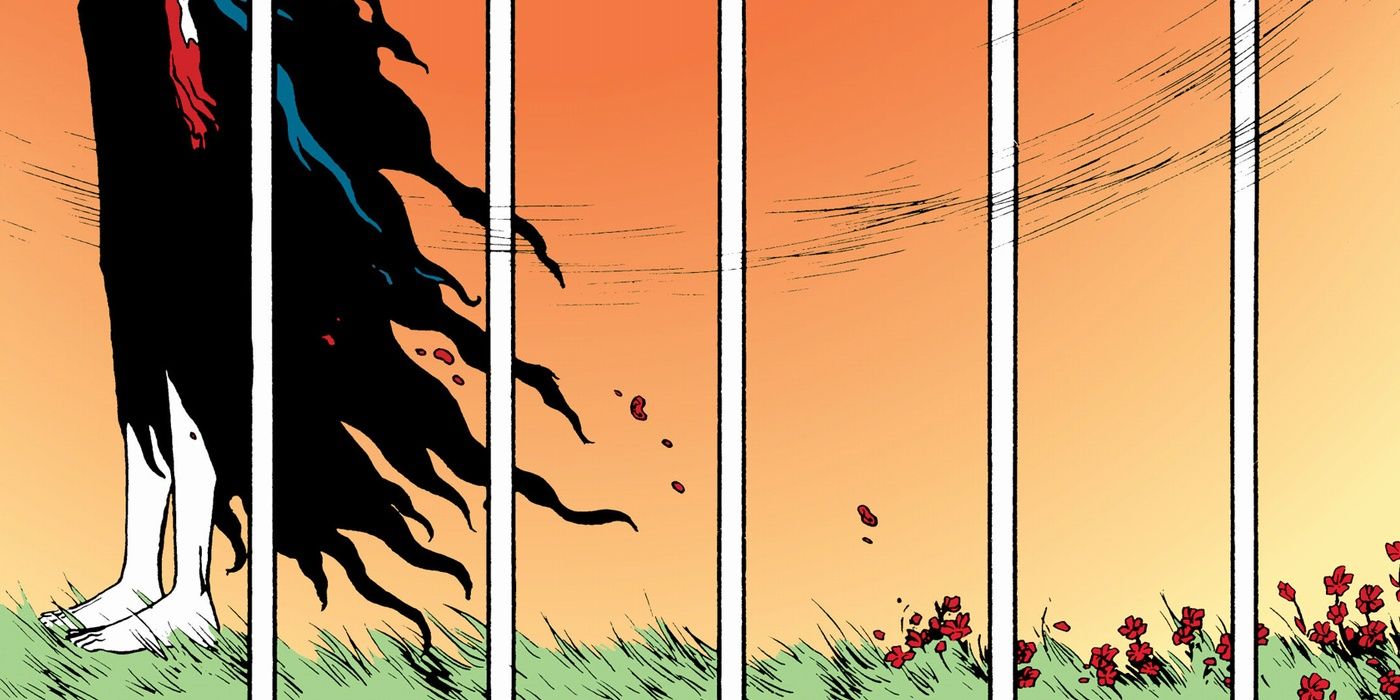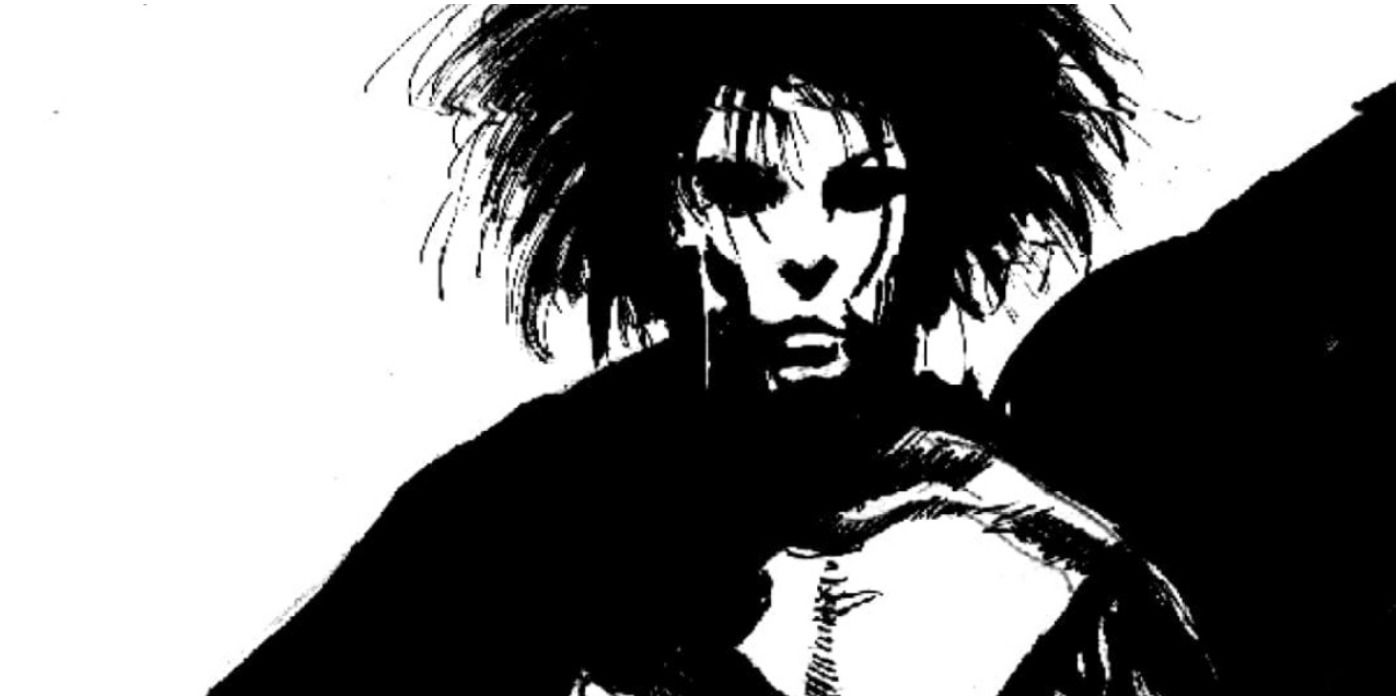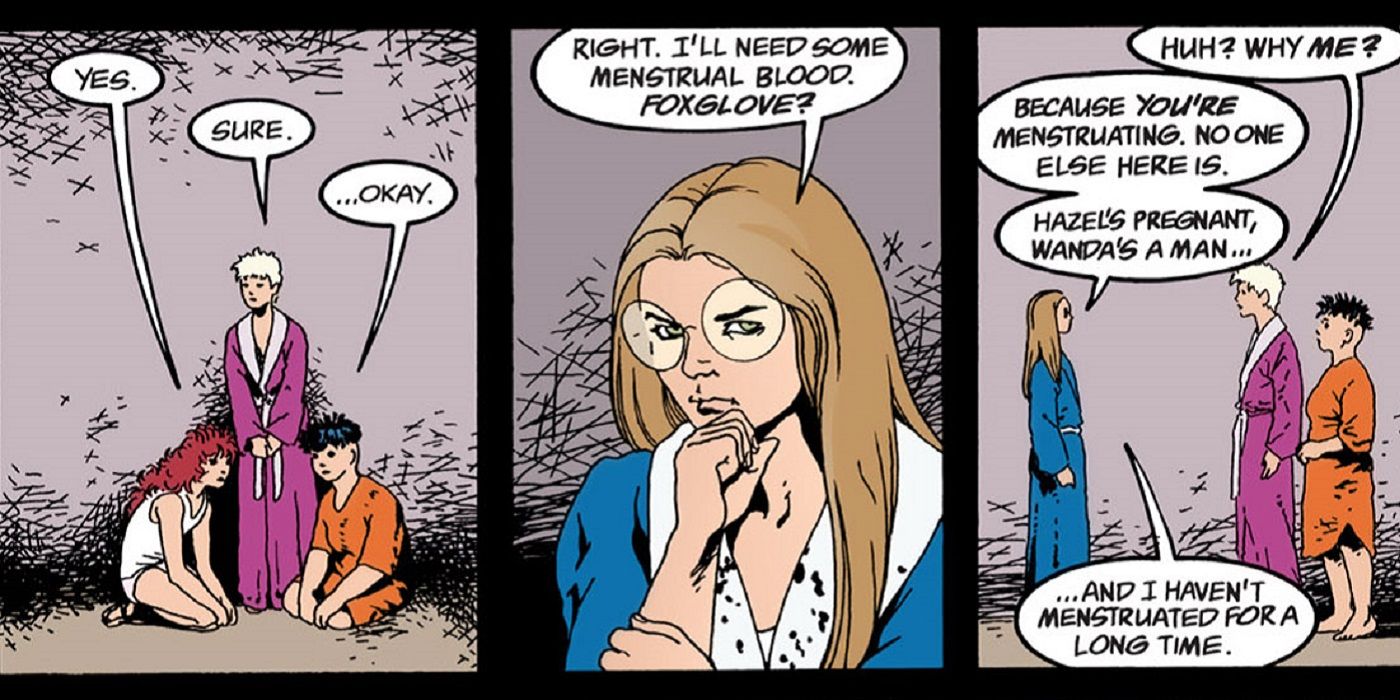One of the seminal works of the comic industry is The Sandman. Writer Neil Gaiman crafted a tale that appealed to just about everyone, telling the story of Morpheus, His Darkness Dream Of The Endless, and the assorted characters that make up his family and the denizens of the Dreaming, where all sentient beings spend their nights.
It's sort of hard to quantify The Sandman or give a quick synopsis of it and the Vertigo story continues to enthrall readers. However, just like any older work, there are some things about it that haven't always aged well. So, what about The Sandman has aged well? What about it hasn't?
10 Aged Well: The Short Story Issues
The Sandman was an exercise in long-form storytelling that would come to define the way comics were created in later years, as Gaiman would write long multi-part stories that would be collected into graphic novels for the aftermarket. However, Gaiman knew this wasn't always the most reader-friendly thing for people who wanted to start picking up the book monthly, so he'd do blocks of single-issue stories.
These single-issue stories were some of the best the comic had to offer, showing readers facets of the Dreaming and the book's other characters they wouldn't see in the multi-issue epics. One of them, "A Midsummer Night's Dream," is the only comic to ever win a World Fantasy Award.
9 Didn't Age Well: Some Of The Early Art
While The Sandman has a lot of great art and a bevy of amazing artists have worked on it - Colleen Doran, Michael Zulli, P. Craig Russell, Mike Allred, Sam Keith, and Jill Thompson - some of the earliest issues, penciled by Mike Dringenberg, haven't stood the test of time.
This isn't Dringenberg's fault as his art can be amazing. It's the limitations of comic art techniques back then. Even when the art is remastered, it leaves something to be desired. Readers can tell what Dringenberg was trying to get across but there's something missing.
8 Aged Well: The Endless
The Endless is probably one of the greatest comic families in the history of the medium. Destiny, Death, Dream, Destruction, Desire, Despair, and Delirium are both unknowable and strangely relatable. They are personifications of concepts that drive life in the universe and as such are far beyond common understanding.
And yet Gaiman finds a way to "humanize" them and allow readers to understand them and their dynamic in a way that is truly remarkable. Death and Delirium are fan favorites but each of them is an amazing character in their own way with unplumbed depths.
7 Didn't Age Well: The Cereal Convention
In the second volume of the book, The Doll's House, Rose and Gilbert (two of the main characters of that arc) find themselves at a hotel during a "cereal convention." Rose speculates that it's probably just a bunch of cereal enthusiasts but it's much more sinister than that - it's a convention for serial killers.
It is a fantastic issue that also deals with some very tough subject matter, as Gaiman focuses on some of the killers and tells single-page stories about their crimes that could definitely trigger readers who are sensitive to things like animal cruelty, pedophilia, sexual abuse, and killers targeting the trans community.
6 Aged Well: The Evolution Of The Book
Reading The Sandman is like watching a writer come into their own and it's breathtaking. Gaiman learned to script comics from his friend Alan Moore. The first two story arcs of The Sandman definitely owe a lot to the style Moore was using on Swamp Thing.
However, as the book went on, Gaiman's style changed completely and The Sandman became less of a horror comic and more of a contemporary fantasy tale with some goth leanings and got a lot better.
5 Didn't Age Well: The Dark Side Of Humanity
The Sandman mined its horror not from demons and monsters - although there is definitely a lot of that - but from the inhumanity of human beings. It's done in the most tasteful, non-exploitative ways possible but there is a lot of subject matter in the book that modern audiences will find hard to deal with.
It's not that Gaiman's representations of these things haven't aged well, it's the way that audience reaction to them has changed. For example - "Calliope," about a man who buys a muse off an aging author, can be looked at as a parable about the sex trade and while it's told wonderfully, it can be very uncomfortable.
4 Aged Well: The Characters
One of the strongest parts of The Sandman is the characters. Often, Morpheus plays a secondary role in story arcs as human characters are pushed into the spotlight and they are just so well written. Gaiman makes all of them feel so real, with vivid inner lives just out of the reader's glimpse.
Beyond that, there's recurring cast members like Matthew the Raven, Cain and Abel, Eve, Lucien, and the aforementioned Endless, all of whom add something to the story and are as real as a bunch of abstract story concepts given form can be.
3 Didn't Age Well: Depictions Of Suicide
Suicide is depicted several times in The Sandman and the way it's presented can be very problematic. Element Girl, a forgotten DC character, finds her life and powers a curse and desires a way out. When she gets it, it's the happiest readers have seen her.
The same happens to Dream's Orpheus (yes, the one from the Greek myth), who asks his father to kill him to end his torment. In fact, Morpheus's own fate can be seen as a type of long-form suicide in order for a better version of himself to take over. The book puts suicide in a positive light that many readers will find disconcerting.
2 Aged Well: Woke Before Woke Was A Thing
The Sandman is one of the most woke comics ever written which is saying something for a book that ran from the late '80s to the mid-'90s. Even with the changing cultural mores of 2020, The Sandman has more positive gay, trans, and female representation than many modern books.
There are some uncomfortable areas due to the way woke culture has evolved over the years but The Sandman is still a step above just about any other comic that has been published since.
1 Didn't Age Well: A Game Of You
A Game Of You is both great for trans representation and also not so great. One of the main characters, Wanda, is trans and she is forbidden from walking the moon's pathways with the other women because the moon doesn't see her as female and several characters make some very uncomfortable comments about her looks.
She is also killed during the story, which is problematic. While her spirit is seen as a woman with Death, the story can still be uncomfortable for trans readers.

